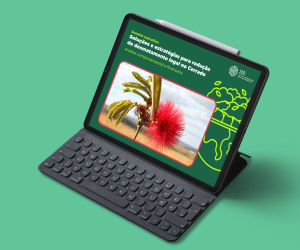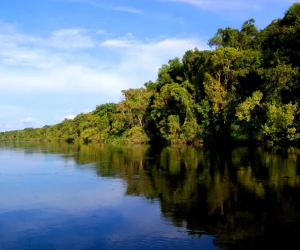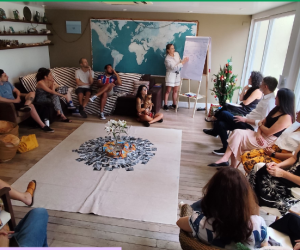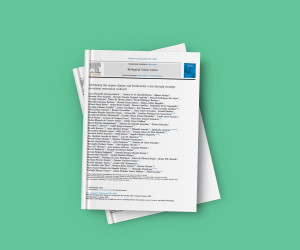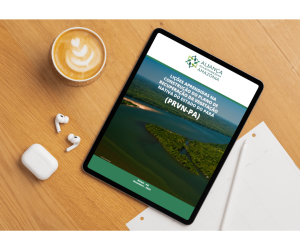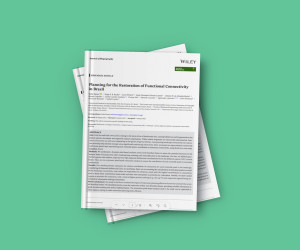Publications > Article
Planning for the Restoration of Functional Connectivity in Brazil
Land use and land cover (LULC) change is the main driver of biodiversity loss, causing habitat loss and fragmentation that hinders species movement and negatively impacts populations. While habitat fragments are structurally disconnected, functional connectivity can still occur depending on the species’ dispersal abilities. Incorporating landscape connectivity into restoration planning helps identify strategic areas significantly enhancing connectivity. This paper presents an unprecedented, nationwide continuous spatial layer representing each restorable pixel’s contribution to functional connectivity, using Brazil as a case study.
The authors performed a dynamic pixel-based analysis across each Brazilian biome to assess the potential increases in the Integral Index of Connectivity (IIC) resulting from restoring each restorable pixel in the landscape.
The resulting dataset represented the relative contribution of connectivity for each restorable pixel in the landscape, considering all dispersal abilities and LULC in each biome. Since we are assessing the contributions of individual pixels to overall biome landscape connectivity, most values are expectedly low.
This study is the first to evaluate the impact of restoration planning efforts on functional connectivity across all Brazilian biomes. It identified priority areas for restoration within each Brazilian biome, providing valuable information to guide decision-making and policy implementation. The innovative pixel-based analysis used in the study can be replicated in other regions, aiming to make restoration planning more efficient.

